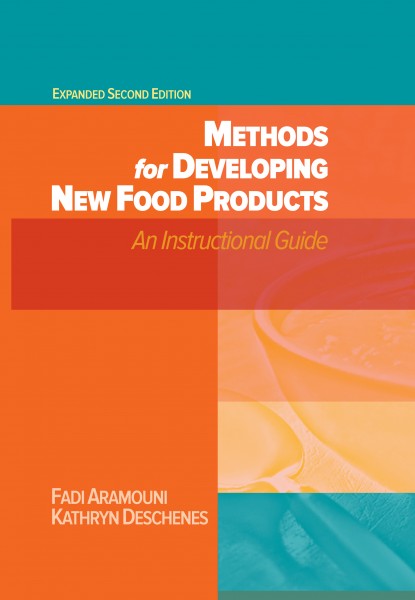Interact Analysis, UK, released “The Collaborative Robot Market – 2019,” a report that indicates strong and sustained growth for the collaborative robot industry.
In 2018, global revenues from cobot production exceeded $550 million. This was almost a 60% increase over 2017; and over 19,000 cobots were shipped. Interact Analysis forecasts that revenues for cobots will reach $5.6 billion in 2027, accounting for almost one-third of the total robotics market. Also, below 5-kg cobots and 5- to 9-kg cobots will represent the majority of sales in 2023.
Material handling, assembly and pick-and-place will be the three biggest applications of collaborative robots. But, these functions, which accounted for 75% of cobot revenues in 2018, will drop to below 70% total revenues by 2023, as other functions for cobots are developed. The use of cobots in non-industrial applications will play a significant role in the coming years – in sectors such as logistics. In part this is because they are flexible and easy to set up, making them attractive to smaller companies which may not have previously considered using robots.
Labor shortages and the drive to improve efficiency mean that China will be the fastest growing region for cobot shipments. The demand for simple, entry-level robots, together with different regulations surrounding industrial equipment in China, continues to fuel the growth of Chinese cobot manufacturers who only supply their local market.
“The collaborative robot market is still relatively immature, but Interact Analysis has identified clear potential growth areas, both in industrial and non-industrial settings, enabling manufacturers to respond effectively and take full advantage of what we predict to be an area [that] will occupy a significant market share in the coming years,” says Maya Xiao, lead analyst on cobots.
About this report
Interact Analysis conducted over 30 hours of phone and face-to-face interviews with key industry personnel at leading robot companies and end users. This data was backed up with the collection of real company data via confidential surveys, which allowed creation of a bottom-up model of individual industry sizes and total market size, as well as a market share analysis.









